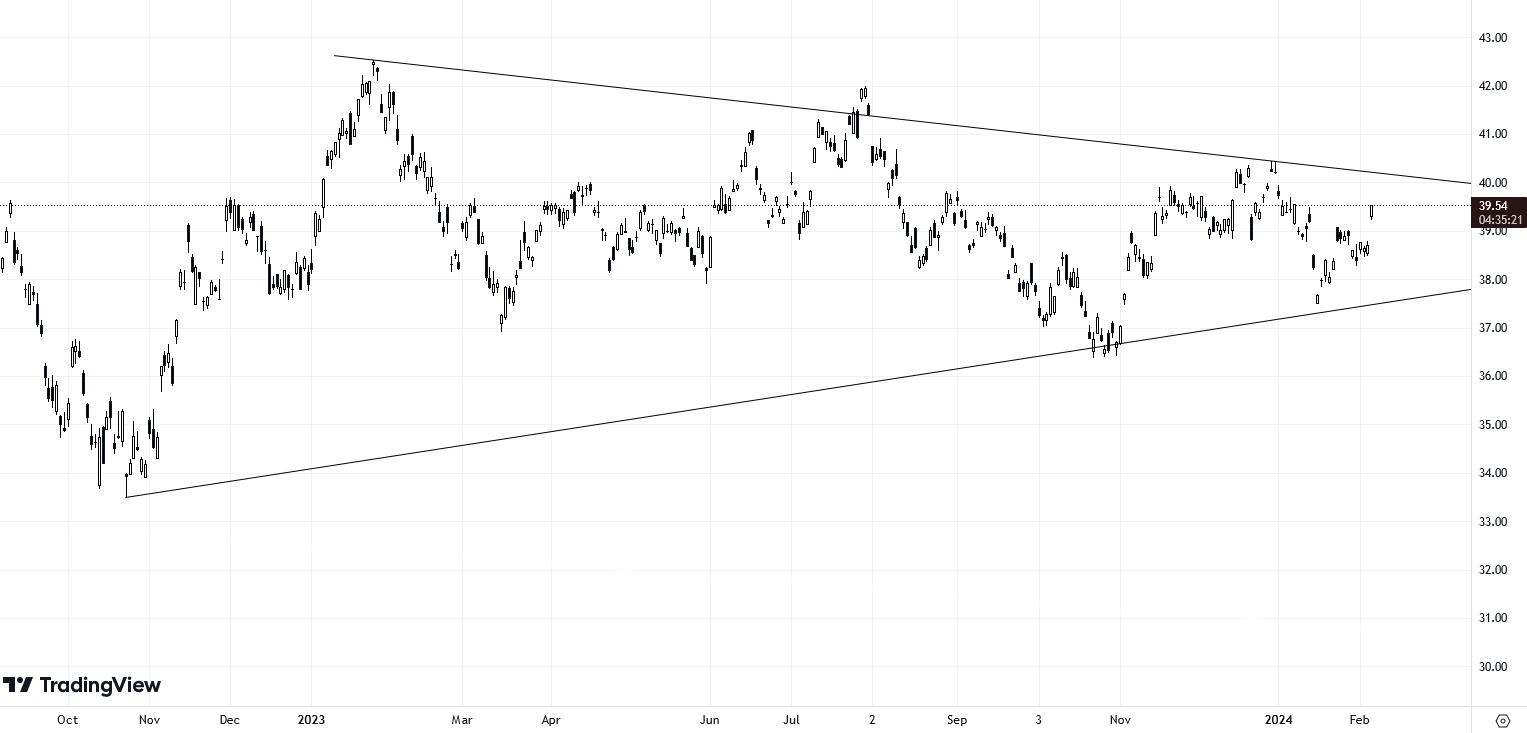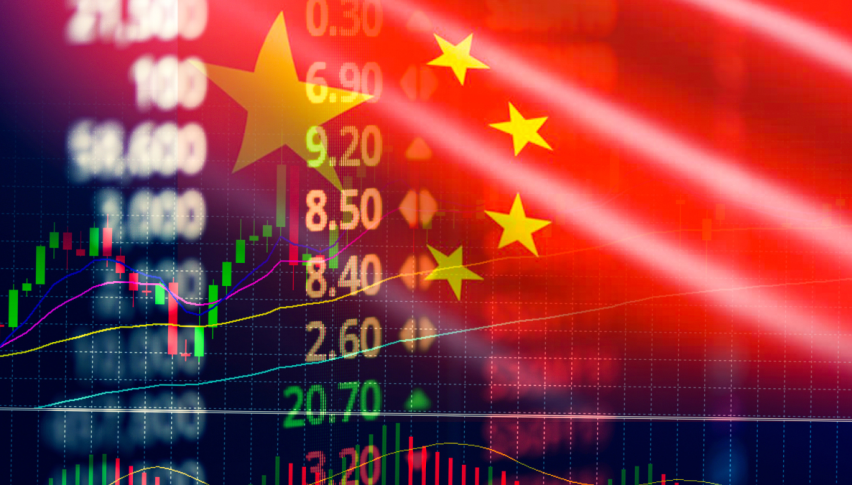The problem with some countries in the Latin American region is precisely this partial dependency on the Chinese economy.
China’s in Trouble
The major financial centers in the West and Asia present striking disparities. While the S&P 500, the most important in the United States, is reaching historic highs, the Shanghai Shenzhen CSI 300, is currently at its lowest point in the last 5 years.
As a matter of fact, in just three years, the value of Chinese stocks has experienced a decline of approximately $6 trillion, which is roughly twice the annual economic output of Britain.
The second-largest economy in the world grapples with a multitude of challenges. These encompass a record decline in real estate, mounting debt, a declining birthrate, and a shrinking workforce.
Another major factor contributing to the current bear market in the Chinese market is the deterioration of relations with the United States and the West in general. In recent years, tensions between the West and China have escalated due to an increase in China’s assertiveness in economic and military expansion.




















